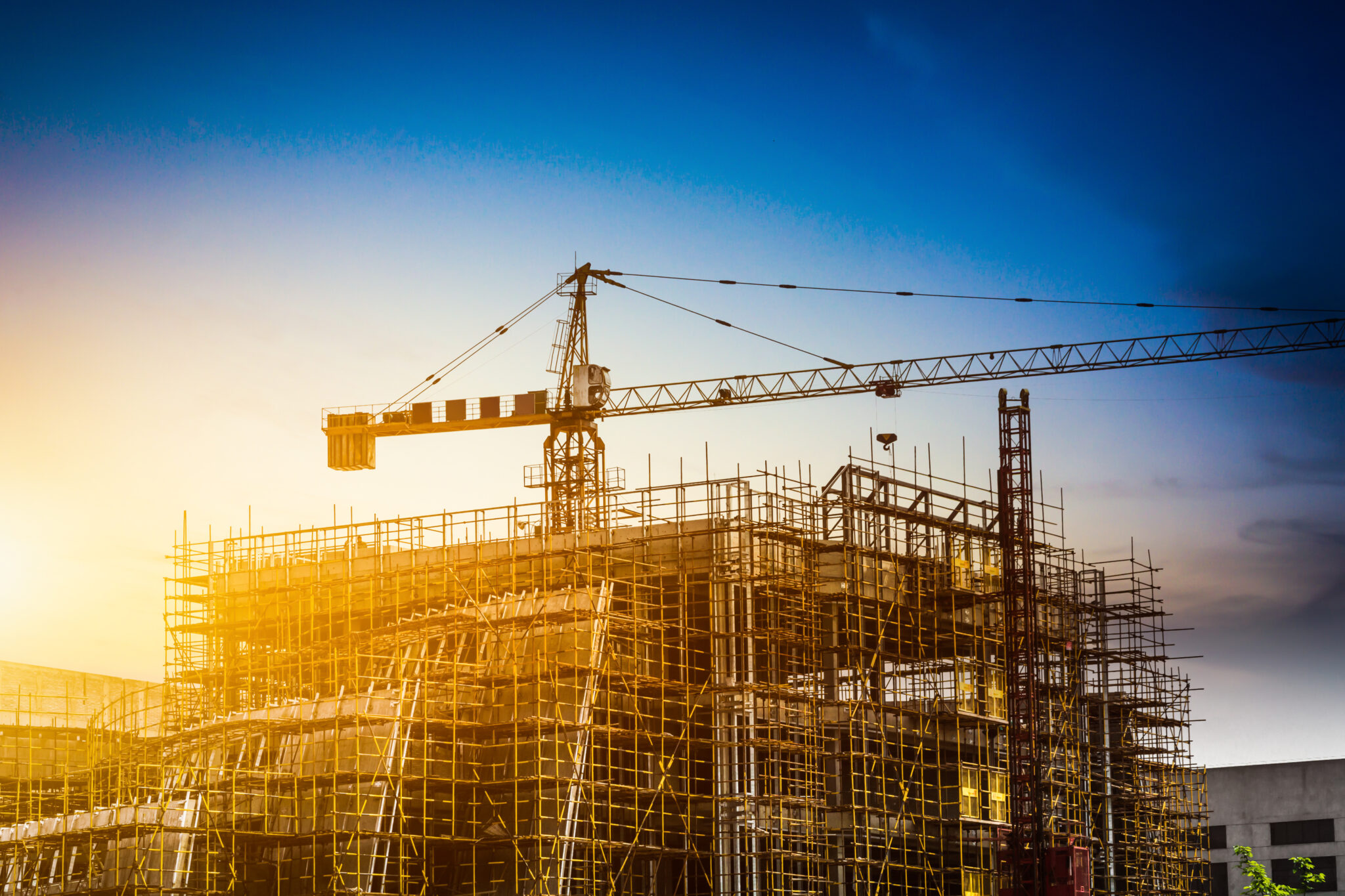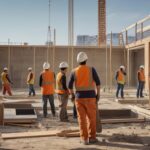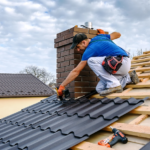At PROCON International, sustainability is not an afterthought—it’s a deliberate, structured component of how we build. With the federal government increasingly prioritizing energy performance, indoor environmental quality, and lifecycle sustainability in its infrastructure, we’ve embraced a proactive approach to compliance and environmental stewardship through our Sustainability Action Plan (SAP).
This plan reflects our deep commitment to sustainable construction practices and federal performance mandates across the diverse and often challenging environments in which we operate.
What is the Sustainability Action Plan?
The SAP is a comprehensive roadmap that ensures our construction activities align with the federal government’s High Performance Sustainable Building (HPSB) Guiding Principles, ASHRAE Standard 189.1, and UFC 1-200-02. It goes beyond basic environmental compliance—it’s a dynamic strategy that integrates sustainability into each phase of the project lifecycle, from submittals and procurement to QA/QC and final commissioning. This plan plays a central role in government projects, especially those delivered under stringent federal requirements for energy use, indoor air quality, and materials management.Key Components of PROCON’s SAP
Here’s what our Sustainability Action Plan includes and how it’s implemented on-site:1. Energy Performance
We install systems that exceed energy efficiency benchmarks by 30% or more over ASHRAE 90.1-2013 standards. These systems are verified through approved submittals and commissioning processes, ensuring they meet Energy Star, FEMP, and EISA compliance requirements.2. Indoor Water Conservation
All plumbing fixtures are WaterSense-certified, contributing to lower water consumption and lifecycle utility savings. Procurement and QA/QC verification ensure compliance throughout the build.3. Indoor Air Quality and Healthy Interiors
We enforce strict IAQ protocols during construction, including: Use of low-VOC materials (adhesives, paints, insulation, flooring) Duct sealing and air filtration management Construction-phase flush-out procedures before occupancy These practices support occupant wellness and meet LEED®-aligned standards for indoor environmental quality.4. Sustainable Material Use
We actively incorporate recycled-content materials, USDA BioPreferred products, and EPA SNAP-approved refrigerants. All material selections are tracked through our “S” submittals and documented in the Sustainability eNotebook, a digital repository maintained throughout the project.5. Waste Diversion and Recycling
Our Construction Waste Management Plan targets diversion of over 60% of jobsite waste from landfills. We separate materials on-site, partner with local recyclers, and maintain detailed tracking logs for transparent reporting.6. Climate Resilience
Operating in regions with challenging seasonal conditions requires special planning. We integrate freeze-thaw cycle protection, moisture-sensitive material handling, and weather-resilient scheduling to ensure material integrity and construction continuity throughout all seasons.How We Execute It in the Field?
The success of our SAP relies on clear roles and real-time accountability. Each project is supported by a Sustainability Lead, often our Site Safety & Health Officer (SSHO) or Quality Control Manager (QCM), who ensures: Sustainability kickoff meetings are held All submittals are reviewed for compliance Daily site inspections include sustainability checkpoints Documentation is continuously updated in the Sustainability eNotebook Coordination with commissioning agents ensures energy systems perform as intended By aligning every subcontractor, trade lead, and project stakeholder around sustainability goals from day one, we drive performance that lasts far beyond project closeout. Why It Matters Sustainability is more than meeting LEED® checklists or contract clauses. It’s about creating buildings that:- Use fewer resources
- Last longer
- Perform better
- Promote wellness
- Reduce environmental impact






